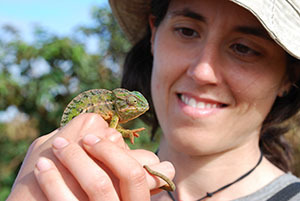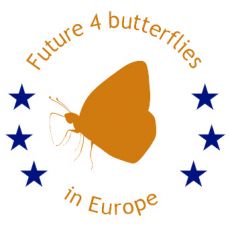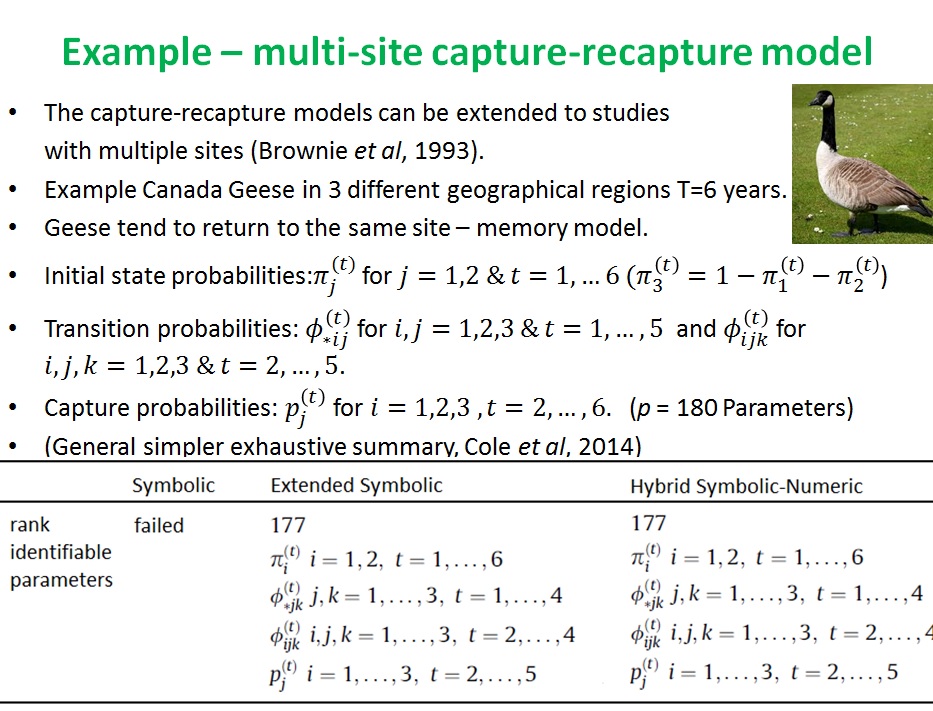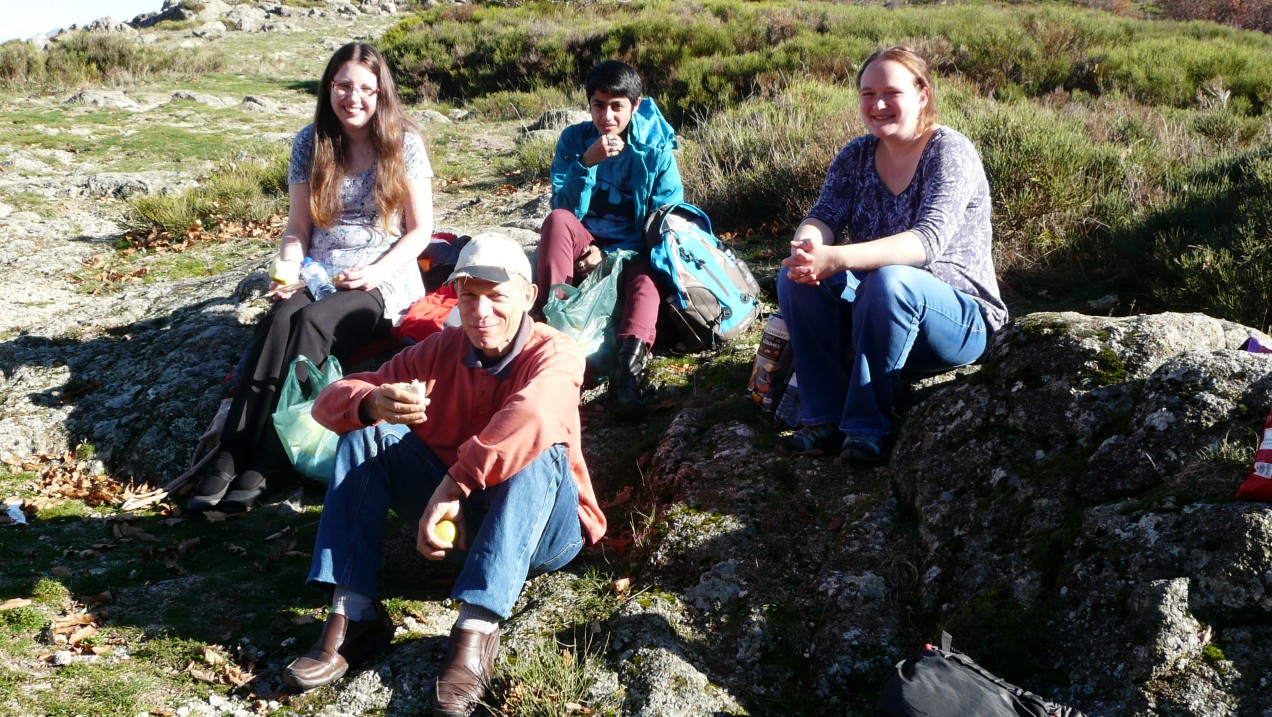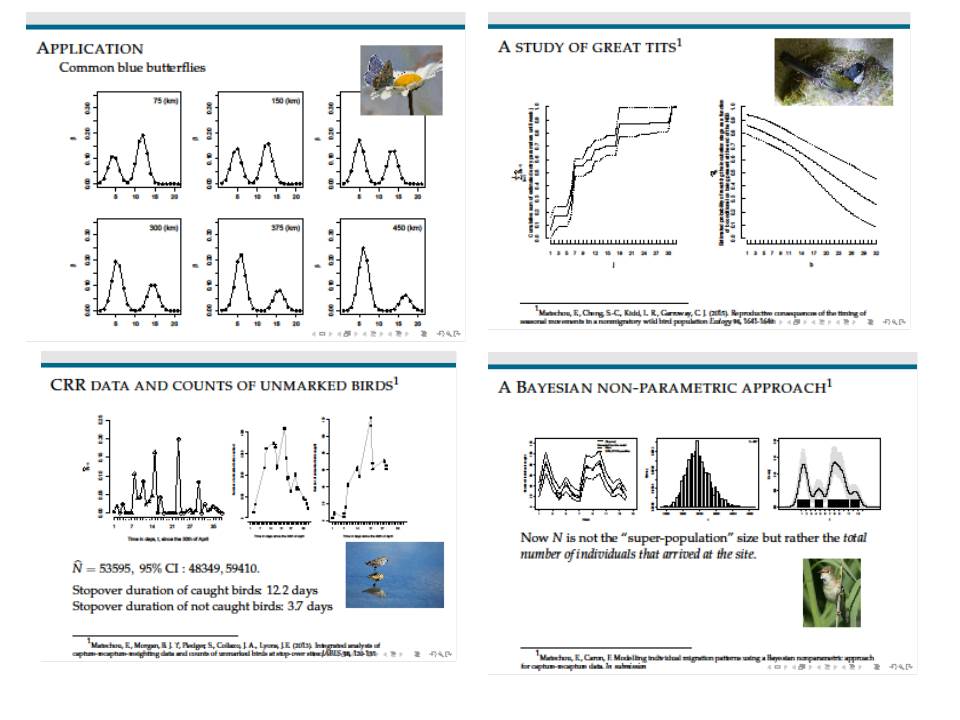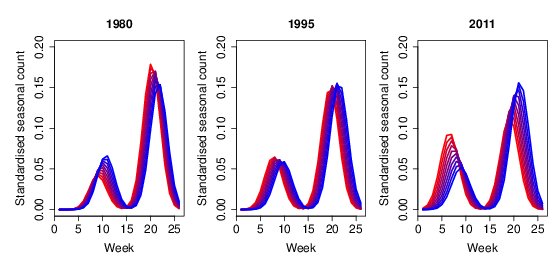15th of September 2016, 2-4.45pm
School of Mathematics, Statistics and Actuarial Science
University of Kent
Jointly organised by the Environmental Statistics Section of the RSS and the East Kent local RSS group
The meeting is free and open to all but please register your intention to attend (for hospitality purposes)
Doodle poll
Meeting organiser: Dr Eleni Matechou
Programme:
- Professor Richard Chandler, UCL, 2-2.45pm
The interpretation of climate model ensembles
Almost all projections of future climate, and its impacts, rely at some level on the outputs of numerical models (simulators) of the climate system. These simulators represent the main physical and chemical (and, in some cases, biological) processes in the atmosphere and oceans. However, different simulators give different projections of future climate – indeed, the choice of simulator can be the dominant source of uncertainty in some applications. It is therefore becoming common practice to consider the outputs from several different simulators when making and using climate projections. The question then arises: how should the information from different simulators be combined? There are many challenging statistical issues here. Two key ones are (a) that simulators cannot be considered as independent (for example, many of them share common pieces of computer code); and (b) that no single simulator is uniformly better than another so that simple techniques, such as assigning weights to simulators, are not defensible. This talk will review the issues involved and present a Bayesian framework for resolving them. The ideas will be illustrated by considering projections of future global temperature. The talk is based on joint work with Marianna Demetriou.
- Professor Jonty Rougier, University of Bristol, 2.45-3.30pm
Ensemble averaging and mean squared error
In fields such as climate science, it is common to compile an ensemble of different simulators for the same underlying process. It is an interesting observation that the ensemble mean often out-performs at least half of the ensemble members in mean squared error (measured with respect to observations). This despite the fact that the ensemble mean is typically ‘less physical’ than the individual ensemble members (the state space not being convex). In fact, as demonstrated in the most recent IPCC report, the ensemble mean often out-performs all or almost all of the ensemble members. It turns out that that this is likely to be a mathematical result based on convexity and asymptotic averaging, rather than a deep insight about climate simulators. I will outline the result and discuss its implications.
- Dr Kate Searle, CEH, 4-4.45pm
Ecology isn’t rocket science….it’s harder: a practitioner’s perspective on the development of ecological analyses in complex systems
Understanding how environmental drivers influence the seasonal dynamics and abundance of species is key to developing predictive models for populations over space and time. This is particularly important in disease ecology where the phenology and seasonal abundance of vector species and hosts is a key determinant of disease risk. In this talk I will present a summary of collaborative research between ecologists and statisticians aimed at developing models that describe and predict the seasonal abundance of key insect vector species. These models were particularly challenging because insect vectors tend to show rapid rises and falls in population size across orders of magnitude, and may also be entirely absent from some regions at certain times of the year. Developing a model that is robust to these data-driven challenges required some novel statistical developments (and a lot of suffering on the part of both the ecologists and the statisticians!). This seminar will describe the evolution of our modelling approaches over a four-year study, culminating in a (reasonably) successful modelling framework for drawing inference and predictions in highly eruptive populations. Finally, I will highlight difficulties in applying model averaging techniques within the context of ecological models with typically low explanatory power.

